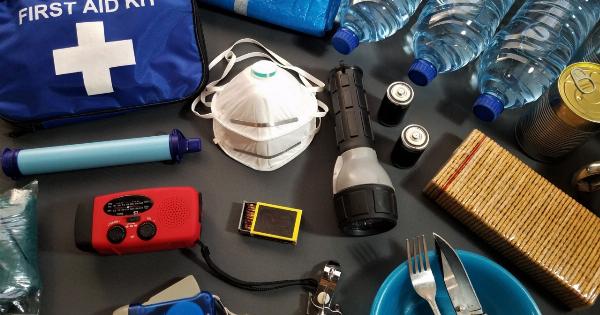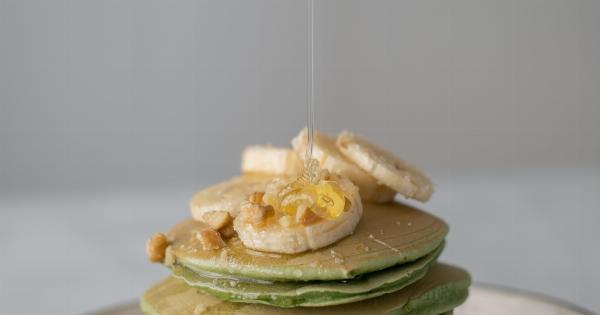Non-stick pans have become a staple in many kitchens due to their convenience and ease of use. These pans are coated with a layer of polytetrafluoroethylene (PTFE), commonly known as Teflon, which prevents food from sticking during cooking.
However, concerns have been raised regarding the chemicals that may be released from these pans, especially when they are scratched or damaged. This article aims to analyze the chemicals released from a 5 cm scratch in non-stick pans and their potential implications.
The Potential Chemicals Released:
When a non-stick pan is scratched, it exposes the underlying surface of the pan, which may contain various chemicals. The primary chemical of concern is perfluorooctanoic acid (PFOA), a synthetic compound used in the production of Teflon.
PFOA has been linked to health issues, including developmental problems, liver damage, and cancer in animal studies.
The Release of PFOA:
Studies have shown that when a non-stick pan is heated at high temperatures, the PFOA can be released into the air and potentially ingested or inhaled by individuals nearby.
However, the release of PFOA from a scratched non-stick pan is a topic of debate among researchers.
Research Findings:
Several studies have been conducted to investigate the release of PFOA from scratched non-stick pans.
One study found that scratched pans released significantly higher amounts of PFOA compared to intact pans, especially when heated above 300 degrees Celsius. However, another study observed minimal release of PFOA from scratched pans, suggesting that the release may be influenced by various factors such as the age of the pan, the severity of the scratch, and the cooking methods used.
The Potential Health Risks:
Exposure to PFOA has been associated with various health risks. Animal studies have shown that high levels of PFOA exposure can lead to developmental issues, liver damage, and an increased risk of certain cancers.
However, the direct impact of PFOA released from scratched non-stick pans on human health is still under investigation.
Preventing Chemical Release:
While the release of chemicals from scratched non-stick pans is a concern, there are steps that can be taken to minimize the risk:.
1. Avoid using scratched non-stick pans: If you notice any scratches on your non-stick pans, it is recommended to replace them to prevent potential chemical release.
2. Cook at lower temperatures: Heating non-stick pans at high temperatures can increase the chance of chemical release. Cooking at lower temperatures reduces this risk.
3. Use alternative cookware: Consider using cookware made from stainless steel, cast iron, or ceramic as alternatives to non-stick pans. These materials do not pose the same chemical risk.
Conclusion:
While non-stick pans provide convenience in the kitchen, the potential release of chemicals from scratched pans remains a concern. Further research is needed to fully understand the extent of chemical release and its impact on human health.
In the meantime, taking precautions such as avoiding scratched pans and cooking at lower temperatures can help minimize the risk. Exploring alternative cookware options may also be beneficial for those seeking to reduce their exposure to potentially harmful chemicals.






























